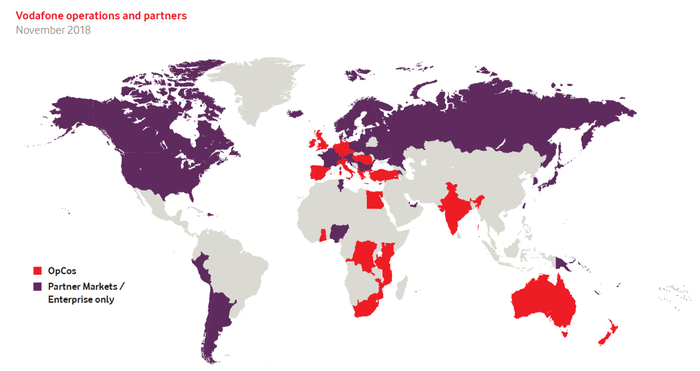The IoT world is nothing new in telecommunications, but it's becoming clear that the players which can negotiate the largest geographical footprints will be in the strongest position to exploit it.
October 23, 2019

The IoT world is nothing new in telecommunications, but it’s becoming clear that the players which can negotiate the largest geographical footprints will be in the strongest position to exploit it.
Although there will be plenty of opportunities for IoT potential to be realised in the domestic markets, the big prizes will be realised across international borders. Multi-nationals are the ones with the budgets to invest in this embryonic and largely unproven segment, but to work alongside these companies the telcos will have to prove they have the networks to support the ambition.
Unfortunately, many telcos are limited to their domestic markets. This will make the prospect of partnerships and collaboration all the more important moving forward when offering IoT services.
“Extending our collaboration with AT&T to offer NB-IoT roaming helps our customers to easily deploy their connected devices between the U.S. and Europe,” said Vinod Kumar, CEO of Vodafone Business. “We want to make technology adoption simpler for our customers to help them achieve their business outcomes and by pushing forward the standards and linking up our IoT network with AT&T’s, we’re doing just that.”
“For the IoT to live up to its promise, it must be global,” said Chris Penrose, Senior Vice President of Advanced Mobility and Enterprise Solutions for AT&T. “More and more of our enterprise customers are launching IoT applications across multiple countries. Working with Vodafone we can offer our customers simplified deployments to help scale their IoT plans across the U.S. and Europe.”
Vodafone is arguably in one of the strongest positions worldwide to capitalise on the IoT trends. In terms of the global presence, few can compete with the breadth of Vodafone assets, as you can see from the map below.

The global presence is not necessarily a unique selling point for Vodafone, as any company with ambitions to be a global enterprise services telco will have something similar. Each of the big players in the enterprise services market, including AT&T, will have partnerships in place to emulate this scale, however when these agreements were initially negotiated, we suspect IoT services were not included.
In owning assets in a notable number of markets, Vodafone has a head-start. It does not need to negotiate as many partnerships for global IoT services as its competitors, though it certainly does need to fill in some very notable holes. The US being one of them.
The US is a significant market for anyone involved in the telco world. Vendors will want to supply equipment to some of the largest single networks, while enterprise service telcos will want to tap into the bank accounts of the multi-nationals which fuel the worlds’ largest economy. In partnering with AT&T for NB-IoT as well as LTE-M and other elements, Vodafone has a physical presence in the country it can point to.
The same can be said the other direction also. Although it might be one of the largest telcos worldwide, owned assets at AT&T are limited to the US and Mexico. This is not good enough if you want to be in discussions with multi-national corporations, you need to be able to meet their global ambitions.
Alongside this agreement with Vodafone Business, AT&T has also recently announced partnerships with the three Canadian telcos to expand its presence into the uppermost half of North America.
Partnerships are not the most exciting part of the telecommunications industry, but in the world of IoT where bigger usually means better, they are critical. Those who can most effectively build their presence outside of the assets which are owned by the telco will look like the most attractive IoT enterprise service providers.
About the Author(s)
You May Also Like








.png?width=300&auto=webp&quality=80&disable=upscale)


_1.jpg?width=300&auto=webp&quality=80&disable=upscale)


.png?width=800&auto=webp&quality=80&disable=upscale)